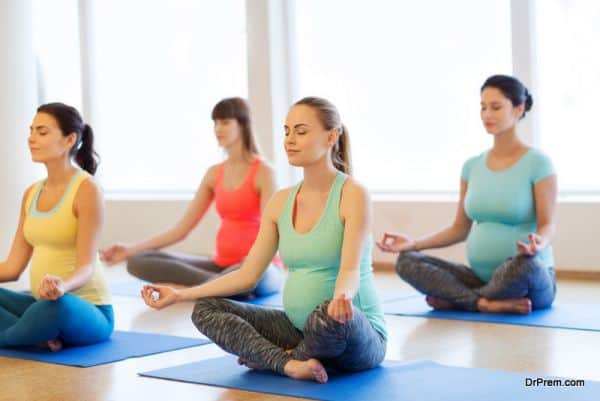Ashtanga is one of the most complicated Yoga workouts. However, it is also one of the very few effectively ‘collective’ exercise regimes that work upon your fitness, muscles, concentration and flexibility. For this very reason, Ashtanga has become immensely popular, and is even known as the ‘athlete’s yoga’. In this regard, it would help us ordinary souls to have some credible tips that make this Yoga pose even more effective, without any undue pressure on our bodies.
1. Maintaining of natural flow
The whole idea of Ashtanga is deeply entrenched in the ‘naturalized’ scope of things. This means that the workout doesn’t require any external support or props, but is dependent upon your capacity to ‘flow’ from one pose to another. This certainly requires your dedication, which in itself also helps in improving upon your concentration and intrinsic will power.
2. Resting
All power Yoga sessions can take their toll on your relatively fragile body. So, you do need to rest with more relaxing poses such as Balasana or Child’s Pose. Originally developed for children, this restorative pose entails a full kneeling on the floor with your toes touching together. Your torso can then be laid down upon the thigh support along the ground. The favorable effects can result in increased elasticity and relaxation of our hips, ankles and thighs.
3. Twitching of some muscles
Better known as muscles tremors, these incidents can put some patrons off from several poses. However, on the contrary, such tremors mean that your starting workout sessions are actually working out! The trembling often occurs to amateur practitioners, as they are not conditioned to complex moves. But with time and experience, such harmless occurrences become rarer.
4. Warrior Poses for everyone
Basic Ashtanga classes introduce Warrior 1 poses from the beginning. Immensely beneficial for developing core muscles, the poses are based on hips. Due to this you should be concentrating more on your hips as a support element. For example, in a Warrior Two pose, when you give way to a side, your hip level should be firm and adequately centered.
5. Power poses equate to plank positions
Plank postures enhance upon the core strength of your arms, wrists and even spine. In this regard, you can always start off by the Downward Dog pose. This pose requires you to put your knees below the thigh region (with your heels resting on the floor), while you stretch your arms forward (with the palms resting on the floor). Now, you move up your knees along with lifting up your tailbone, while your heels press more on the ground. The exercise also helps in strengthening your legs and makes your hamstring and calves more flexible.








